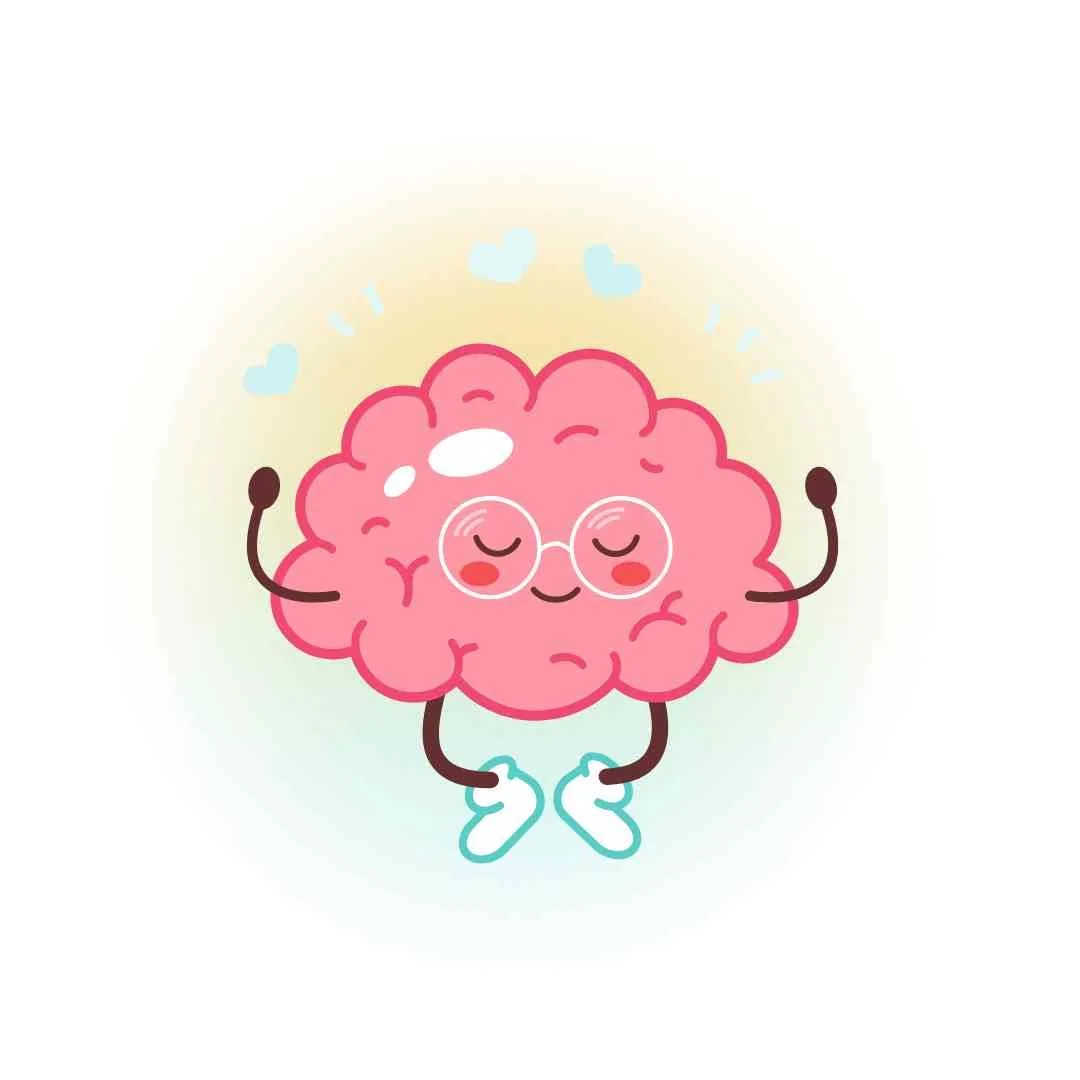A Resolution Revolution
A Living Well
Column
by Donna Henderson, LCSW
Donna Henderson
With the winter holidays behind us, and a fresh year ahead, the post-holiday tradition of “New Year’s Resolutions” are on the minds of some of us. This is the year we’re going to start exercising, lose weight, pay off our credit cards, or quit smoking or drinking…really!
Really? Well, according to statistics cited in an article in U.S. News and World Report 80% of us will have given up on our efforts to achieve our resolution-related goals before mid-February.
So why are New Year’s Resolutions so prone to failure?
One big reason they fail is that resolutions are often based in those very powerful-in-the-moment, but not very effective-in-the-long-run feelings of shame and self-judgement: the feeling of being “bad” somehow. And when we feel like we are “bad,” we tend to go about “self-improvement” goals in self-punishing ways: by diets, for instance, that exclude foods we actually enjoy (or that we could, if we had a different attitude about them), or by going about exercise in a grimly-determined way, rather than seeing it as a form of enjoyment we have yet to explore.
Shaming oneself into accomplishing something is not only ineffective, it can also perpetuate cycle of self-harm.
After all (reasons the mind subconsciously), if we are “bad” for being “out-of-shape,” shouldn’t the process of getting in shape be difficult and unpleasant? From that starting point though, it doesn’t take very long before we start feeling the need for relief from all the self-judgement-based punishment and deprivation we are putting ourselves through.
And when we do look for relief, what do we turn to for self-soothing? Most likely the substances or behaviors we were trying to eliminate or change in the first place: food, alcohol, nicotine, spending, T.V.-watching, video-gaming— whatever.
The solution to the “resolution”?
Rather than identifying a behavior you want to change, identify a “theme” that you would like to keep in mind for the coming year. This could be a word or a phrase that has meaning for you, and that represents something that has been missing from your daily life. Then, instead of vowing to achieve a specific behavioral goal, simply keep your theme in mind, and allow the year to unfold from there, checking in with yourself now and then to ask whether or not your current behaviors reflect that theme, or not. The results may surprise you.
Goals that are based in self-love and compassion have greater staying power than those based in shame.
I did this myself a few years ago, having realized that a broken ankle I experienced had been the result (at least in part), of how fast I habitually move through the world, and how much I try to get done in any given amount of time. My theme for the following year? “Half as much, half as fast.”
Here are some other examples of possible themes to consider for your New Year’s Intention:
Theme: “Relaxation.” Constant activity without down-time takes a definite toll on our physical and mental health, and taking time to relax (whether with meditation, massage, a daily nap, or any playful-versus-goal-oriented activity) can help to curb overeating, as well as helping with chronic conditions such as fibromyalgia, hypertension, and chronic fatigue syndrome.
Theme: “Enjoyment.” There’s a saying that “It’s not the cart that pulls the horse, it’s the oats!” We are much more likely to do things that are good for us if we actually enjoy those things. Try expecting to enjoy (instead of just endure) healthy behaviors. Find a physical activity that is fun for you, and have fun expanding the range of the kinds of food you enjoy by experimenting with unfamiliar, healthy ones, with the expectation not just of “virtue” but of pleasure.
Theme: “Movement.” Our bodies are made to move, but modern-day life often involves a lot of sitting—we even sit in the process of transporting ourselves from one place to another! Keeping “movement” in mind as a theme may make us more alert to opportunities to walk to the store instead of driving, take the stairs instead of an elevator, or to meet a friend for a walk instead of (or before) coffee and donuts.
Maybe your theme will be “Kindness” or “Listening” or “Joy,” or “Patience” or “Gratitude” or “Self-Care”— qualities you would like to cultivate by bringing more attention to them in the year ahead. Try it…and see if the behaviors that support them don’t start to develop naturally, as a result of your intention.
As for my “half as much, half as fast” intention/theme? Well, it’s process! I can’t say I’m down to “half” yet, but I have definitely slowed down considerably, my theme reminding me to ask myself more often, “does this particular activity need this much speed?” …and to respond accordingly.
Happy New Year!
Learn more about Donna Henderson at canyonwrenwellness.com.





